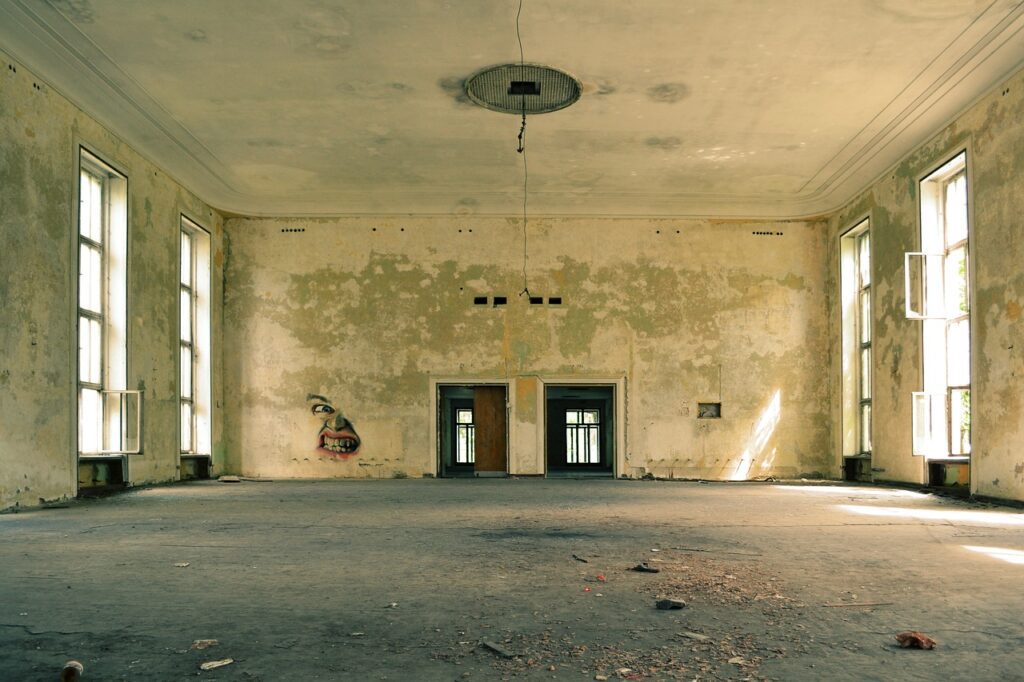Mold in the home not only compromises the structural integrity of your living spaces but also poses significant health risks to occupants. Tackling this unwelcome invader requires more than a quick fix; it demands a comprehensive approach that addresses both the symptoms and the root causes. Through practical advice and expert insights, this blog will guide you through the steps to reclaim your space from this persistent problem.
Consult The Pros
When battling against mold, sometimes the best course of action is to enlist the help of professionals. Mold remediation experts possess the necessary experience, tools, and techniques to not only remove existing mold effectively but also to identify and mitigate the underlying moisture issues that led to mold growth. The team behind TheMoldGirlofSavannah.com says that professional assessments can uncover hidden mold in places you might not think to check and ensure that the mold is removed safely, without spreading spores throughout your home. Employing professional services may seem like an investment, but it guarantees a thorough job, safeguarding your home’s structure and your family’s health in the long term.
Assessing the Severity of the Mold Infestation
Before taking any action to combat mold, it’s critical to understand the extent of the infestation. Smaller, localized mold growths, often found in areas like bathrooms or around windows, may be effectively treated with DIY methods. However, if you’re encountering mold that covers large areas or is integrated into the house’s structure, professional intervention is advised. Signs of a severe mold problem include moldy odors, visible mold beyond isolated spots, and health symptoms such as persistent coughing or headaches when in the home. Assessing the severity will not only help in choosing the right approach to tackle the problem but also in preventing future recurrence by addressing the root cause.
Removing Mold Safely and Effectively
Removing mold is not only about scrubbing visible patches; it involves a careful approach to avoid spreading spores or exposing yourself to health risks. For smaller mold issues, a mixture of water and detergent may suffice for cleaning the affected area. However, for more stubborn mold, a solution of bleach and water can be more effective. It’s crucial to wear protective gear such as gloves, eyewear, and a mask to prevent inhaling spores during the cleaning process.
Ventilation is key – ensure that the area is well-aired to help dry out the moisture that mold thrives on. For items that are too affected, such as porous materials or fabrics that cannot be cleaned, disposing of them is the best course of action to prevent the mold from spreading. Always remember, that the effectiveness of your mold removal efforts hinges on addressing the moisture problem that allowed the mold to grow in the first place.

Cleaning Mold from Different Surfaces
Successfully removing mold involves understanding how it interacts with various materials and surfaces in your home. Each type requires a specific approach to ensure that the mold is eliminated without damaging the surface.
- Hard Non-Porous Surfaces: For areas like glass, metal, or plastic, a solution of 1 part bleach to 10 parts water is usually effective. Apply the solution using a spray bottle, allow it to sit for at least 10 minutes, and then wipe it away with a clean cloth or sponge. Always rinse with water and dry thoroughly to prevent the mold from returning.
- Porous Surfaces: Materials such as wood and drywall present a greater challenge due to their absorbent nature. For wooden surfaces, a mild detergent mixed with water can be used to scrub the mold off. In the case of drywall, if the mold has not penetrated deeply, cleaning with a damp cloth may work. However, if the infestation is significant, it might be necessary to cut out and replace the affected sections.
- Fabrics and Upholstery: Mold on fabrics can be treated by first brushing off any surface mold outdoors to prevent the spreading of the spores inside the house. Afterward, washing the fabric in hot water, if the material allows, can kill the remaining mold. Sun-drying or using a hot dryer can further help in eliminating mold spores.
Remember, for all types of surfaces, it’s crucial to wear protective gear to safeguard your health. After cleaning, keeping the areas dry and well-ventilated will help prevent mold from taking hold again.
In conclusion, successfully eradicating mold from your home requires a multi-faceted approach that addresses both the visible signs and underlying causes. Whether tackling it yourself or seeking professional assistance, understanding the severity of the infestation and using appropriate techniques to clean different surfaces is essential. Keep in mind that prevention is always better than cure; regular inspections and promptly addressing any moisture issues can save you time, money, and health concerns in the long run.


